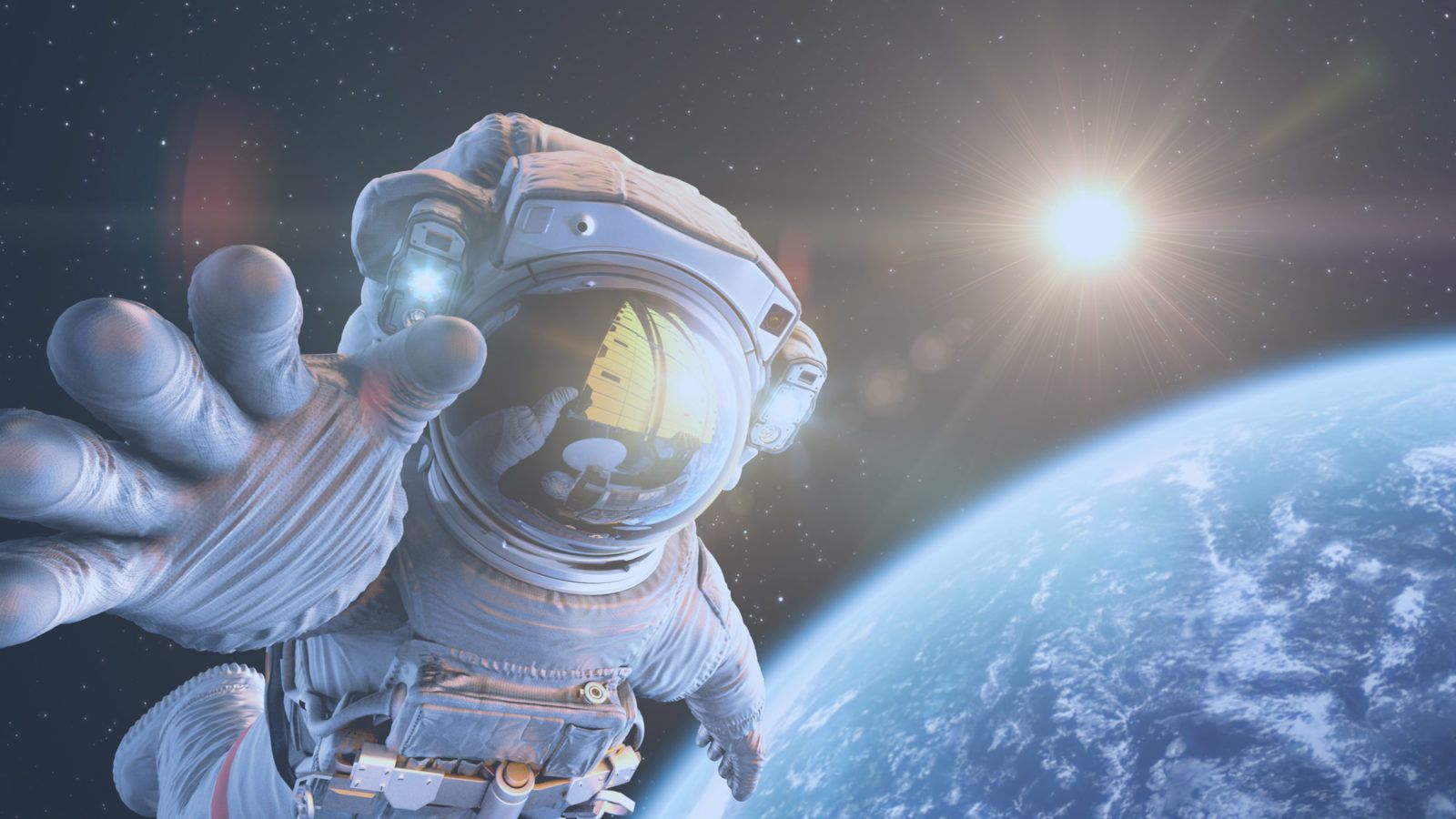We all know the typical astronaut accessories—the EVA suit, the oxygen tanks, the radio assembly. But there's an invisible part of each space mission that's often overlooked: the trillions of microorganisms that hitch a ride.
Observing responses of pathogens in space could help scientists figure out how to outsmart them when they cause trouble on Earth.
Dr. Sarah Wallace is a NASA microbiologist who aims to keep microbes from causing problems for U.S. astronauts aboard the International Space Station. According to Wallace, research on microorganisms in space has more than cosmic importance. It can also reveal things about our health here on Earth:
1) Avoiding disease isn't all about maintaining a sterile environment.
NASA has a great track record of keeping the crew healthy on space missions. But surprisingly, it's not from having kept the space flight environment as sterile as possible.
Wallace says, "We [monitor] the environment but unless we find something that's medically significant, or [in] super high numbers, we're not going to do anything."
Not only is it impossible for astronauts to live in completely sterile quarters—crew members, after all, are microbe-shedding machines—but it may not even be desirable, given what we now know about the human microbiome. Scientists have found that the entire community of microorganisms (bacteria, archaea, fungi, and viruses) living in and on us likely have an active role in keeping us healthy. This means that down on the ground we need to let go of the germophobe idea that eradicating all microbes is always better for our health.
2) Disease-causing microbes change their behavior under different conditions.
Remember the recent E. coli O157:H7 outbreak linked to romaine lettuce? We're still grappling with a lot of pathogen problems here on Earth. One reason is that scientists are still learning which strategies these disease-causing microorganisms are capable of employing under different conditions.
Space missions are associated with a major shift in gut microbiome composition—as shown in NASA's twin study.
Wallace says experiments with Salmonella Typhimurium showed that the pathogen became more virulent in space. Yet curiously, the opposite seemed to happen to Staphylococcus aureus under space-flight-like conditions—it became more benign.
"The way these organisms have evolved, certain triggers [in the space flight environment] might be dictating how they're responding," Wallace says.
Observing these responses could help scientists figure out how to outsmart the pathogen when it causes trouble on Earth. "It's giving us some great insights into how we could target them differently in the future," she explains.
3) Major shifts in the gut microbiome could affect health in specific ways.
Scientists still have a lot to learn about which changes in an adult's gut microbiome actually cause a change in health status. In fact, microbiome-focused therapeutics companies are in hot pursuit of these connections.
Space missions are associated with a major shift in gut microbiome composition—as shown in NASA's twin study, which followed astronaut Scott Kelly during a year aboard the ISS while his identical twin brother Mark (a retired astronaut) stayed on the ground. Scott experienced simultaneous changes in telomere length and bone formation; were these related to the gut microbial differences?
Wallace says a soon-to-be-published study of nine additional astronauts could help answer this question. The research may reveal how closely gut microbiome shifts track health outcomes, and the reversibility of the changes.
She emphasizes the science from her lab isn't meant to help only the small minority of humans who will ever go to space: "That's always our goal—that our research is helping people on Earth."
